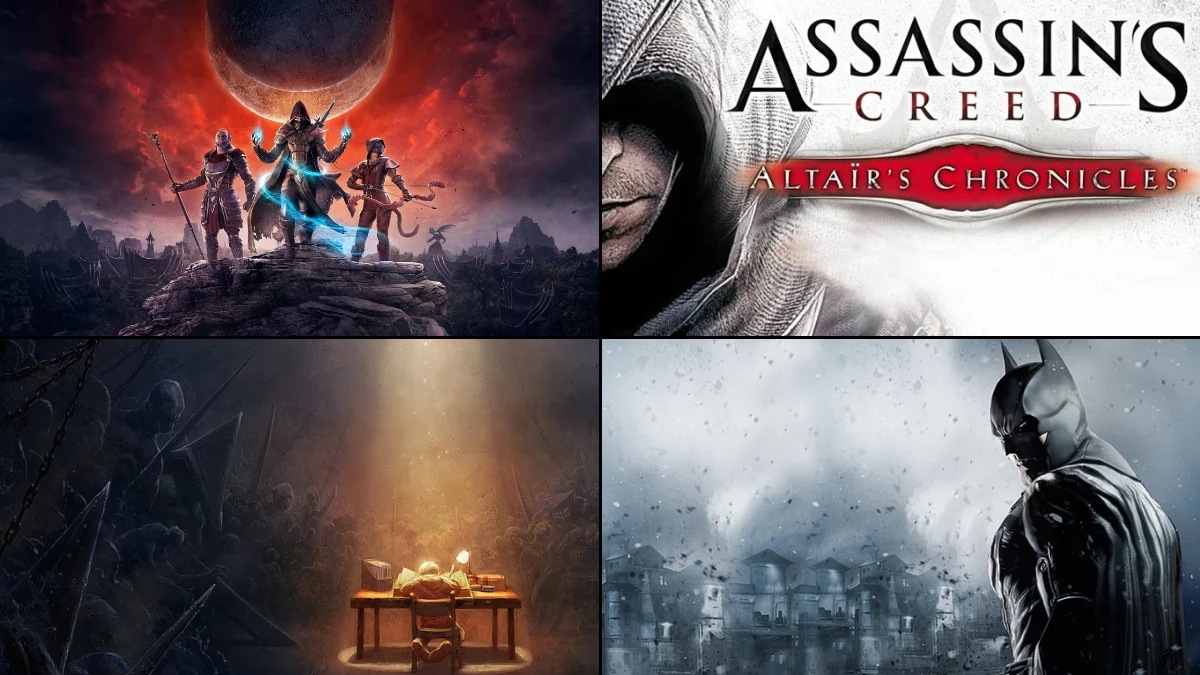
Spin-off games often add important story details, connect different games in a series, or introduce characters that become significant later on. However, they sometimes suffer from poor gameplay, simplified designs, or don’t quite capture what makes the main games enjoyable. This list highlights spin-offs that are important for understanding the overall story and timeline, even if they’ve been criticized for things like difficult controls, repetitive gameplay, or technical issues. For each game, we’ll explain its contribution to the story and who developed it, helping you decide if it’s worth playing or if you’d rather just read a summary. If you’re interested in the story but don’t want to struggle with frustrating gameplay, consider watching cutscene compilations or consulting wikis and official story recaps to see how each spin-off fits into the larger universe.
‘Metroid Prime: Federation Force’ (2016)
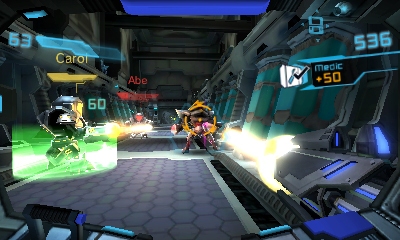
This game, set after the defeat of the Space Pirates, explores the Galactic Federation’s work in a remote star system and offers glimpses of the changing power structure without Samus Aran. It reveals the Federation’s new mech program and continues to address the lingering effects of the Phazon crisis, which are mentioned in later games. Developed by Next Level Games and published by Nintendo, the story unfolds through cooperative missions and short cutscenes. Its lore, especially regarding Federation research and the remaining Space Pirates, is why fans still discuss it when piecing together the game’s timeline.
‘Assassin’s Creed: Altair’s Chronicles’ (2008)
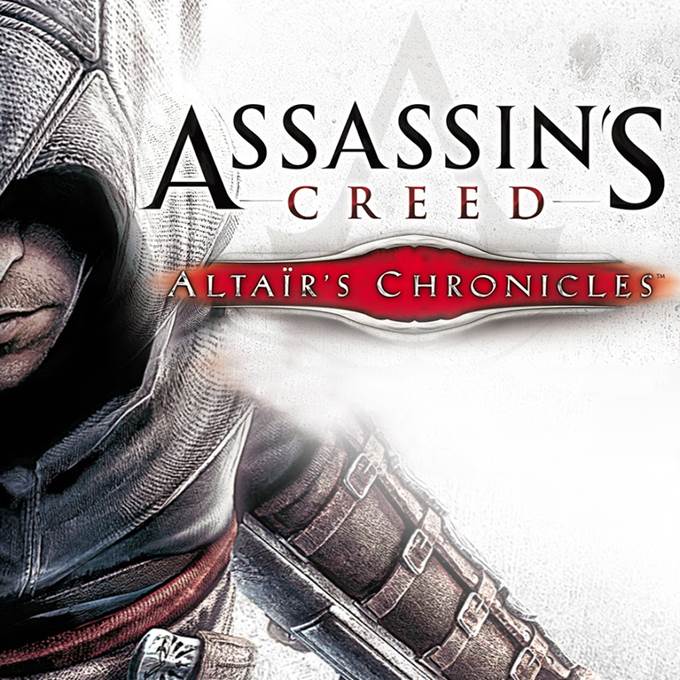
This game, a prequel to the original, tells the story of Altaïr’s quest for the Chalice. It shows what happened in his life and with the Brotherhood before the events of the Third Crusade. It introduces places, groups, and characters that are mentioned throughout the early Assassin’s Creed games, often appearing in details found in the game’s lore. Developed by Gameloft and published by Ubisoft, the story is told through short, self-contained chapters, and is considered a key part of Altaïr’s beginnings as an assassin, as detailed in various franchise guides and books.
‘Assassin’s Creed: Bloodlines’ (2009)

This PSP game takes place between the first two main Assassin’s Creed games and follows Altaïr as he travels to Cyprus to eliminate remaining Templar strongholds. The events in Cyprus are important because they explain changes in Templar tactics that are referenced later in the story, particularly during Ezio’s time. Developed by Griptonite Games with help from Ubisoft Montreal and published by Ubisoft, the game is designed as a self-contained story with frequent cutscenes. It’s considered part of the official story because it shows how Altaïr’s actions shaped the beliefs and strategies Ezio later adopts.
‘Assassin’s Creed: Discovery’ (2009)

This Assassin’s Creed side story takes place during Ezio’s adventures and focuses on a secret mission he undertakes in Spain. He interacts with real historical figures involved with the Inquisition, characters who are also mentioned in the game’s lore. It expands on the conflict between Assassins and Templars in Spain, adding to the overall story of the Renaissance era. Developed by Griptonite Games and published by Ubisoft, the game unfolds through a series of missions that fit within the main Assassin’s Creed storyline. Though a smaller title, its events are considered official parts of the franchise’s history, as they’re referenced in summaries of the Assassin-Templar conflict.
‘Batman: Arkham Origins Blackgate’ (2013)
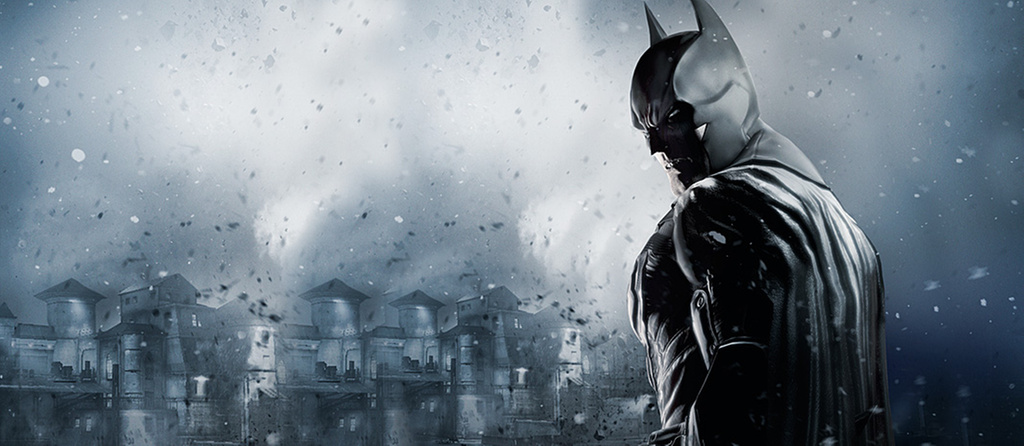
Set three months after the events of ‘Arkham Origins’, this handheld game focuses on a riot at Blackgate Prison and reveals how key villains end up where they are at the start of ‘Arkham Asylum’. It provides details about villain transfers and hints at future alliances that the main console games simply expect you to already know. Developed by Armature Studio and published by Warner Bros., the game uses a unique “2.5D” style to present investigation logs and information on boss characters. These collectibles and final reports officially connect the events of this prequel period to the larger story established in the Rocksteady games.
‘Dead Space Ignition’ (2010)
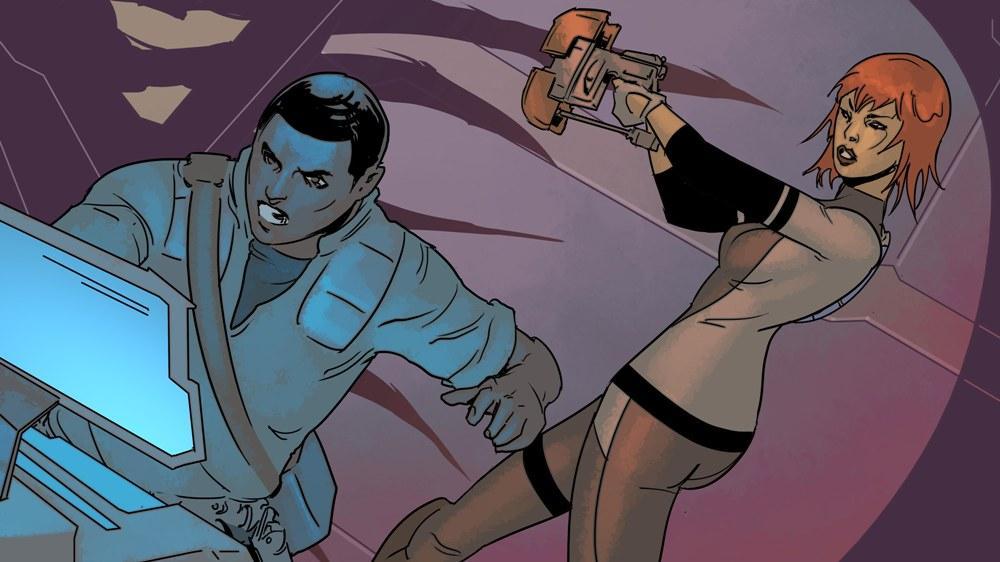
This downloadable game acts as a prequel to ‘Dead Space 2’, showing what engineer Franco Delille did when the outbreak started on The Sprawl. It directly connects to the beginning of the sequel, explaining events mentioned in the main game’s text logs – like the initial security failures and the involvement of the Unitologists. Developed by Sumo Digital and Visceral Games, and published by Electronic Arts, it tells these events through a mix of comic-style scenes and simple games. Despite its unique format, it’s considered essential viewing for fans because it officially bridges the story between the two games.
‘Dead Space’ (Mobile) (2011)
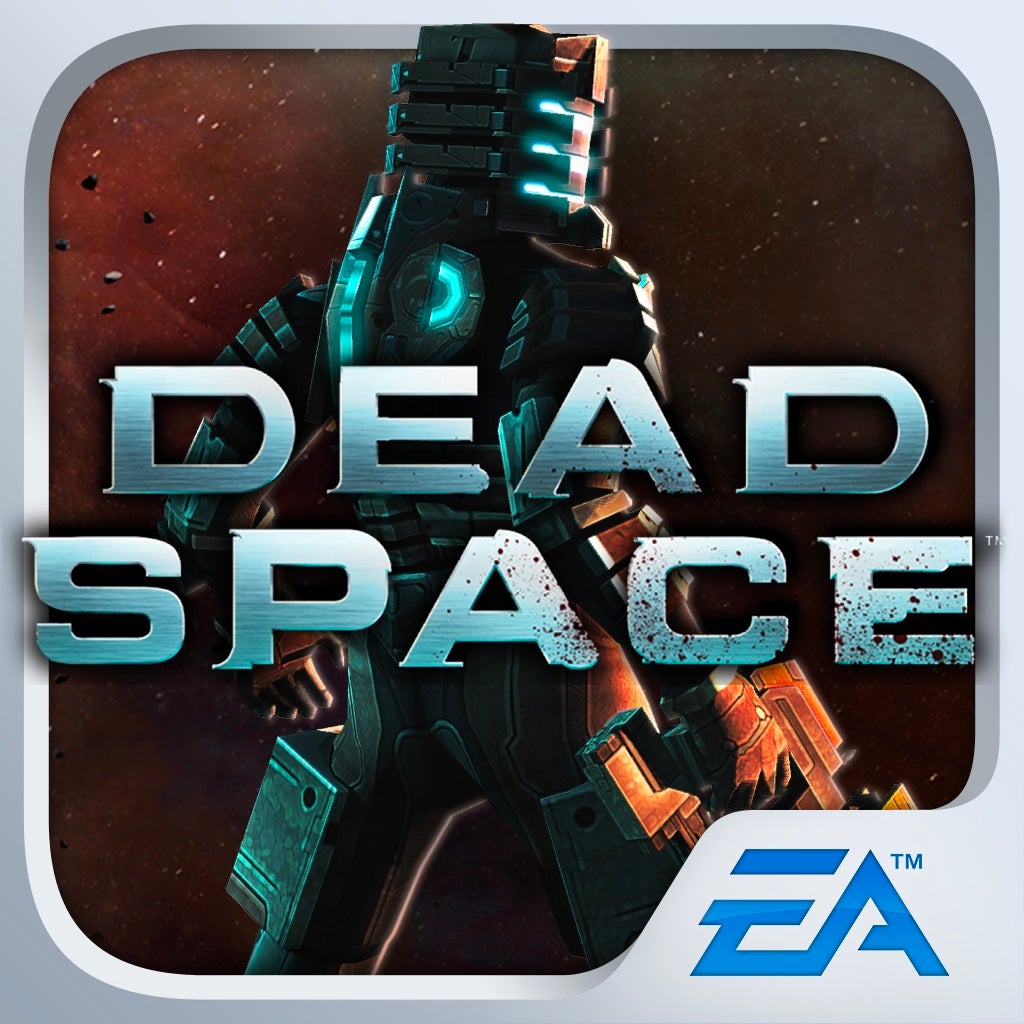
This mobile game takes place between the first two main Dead Space games and reveals a new incident involving the Markers, explaining why there were so many Necromorphs beyond what was known from the Ishimura and Titan Station. The game’s briefings and audio logs offer more details about EarthGov’s experiments and the RIG protocols that are mentioned later in the series. Created by IronMonkey Studios and published by EA Mobile, the story is broken into short chapters perfect for playing on touchscreens. Everything you find in the game – logs and reports – is considered an official part of the overall Dead Space story about the Markers.
‘Mass Effect: Infiltrator’ (2012)
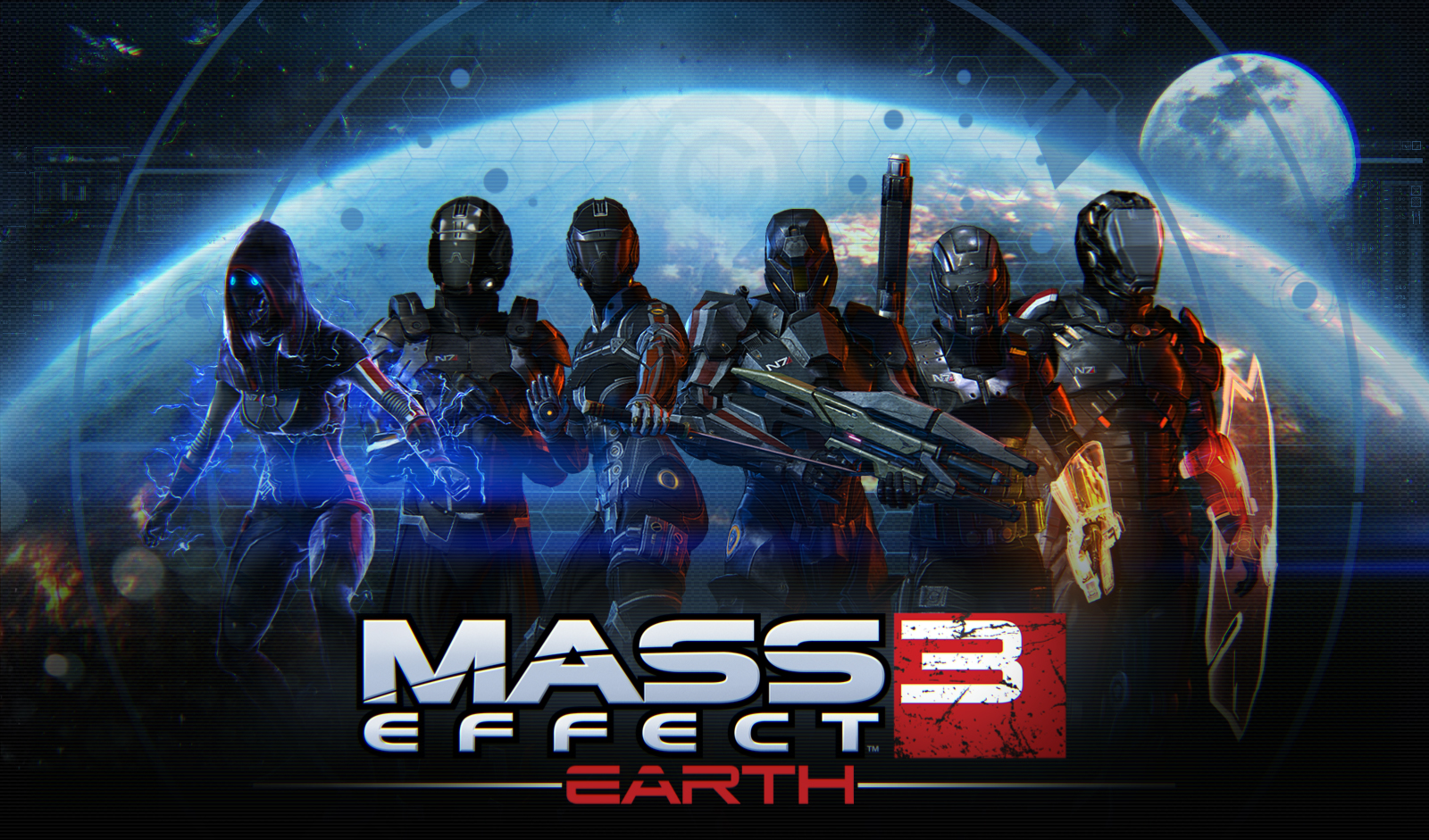
This short story focuses on a Cerberus agent who switched sides during the Reaper War, providing background on Cerberus bases and research mentioned in the game’s database. Completing missions connects to the systems used to prepare for the final battles of the original trilogy. Created by IronMonkey Studios and published by Electronic Arts, the story unfolds through brief, focused missions, revealing information and communications. It’s valuable because it offers a unique, official look inside Cerberus, separate from what Shepard experiences.
‘Gears Pop!’ (2019)

This mobile game tells a lighthearted story featuring Kait and other familiar characters from the Gears universe. It includes collectibles and descriptions that expand on the world after the events of ‘Gears 4’. While the game is playful in tone, its story and character details fit within the established timeline and factions of the franchise. Developed by Mediatonic with The Coalition and published by Xbox Game Studios, the game used limited-time events to reveal bits of story and backstory, treating the in-game descriptions as official details about the characters and world during that time period.
‘Fable: The Journey’ (2012)

This Kinect game takes place after the events of ‘Fable III’ and centers on the characters Gabriel and Theresa. It expands on Theresa’s story and further explores the ongoing darkness that has been a part of the ‘Fable’ series from the beginning. The game connects to the history and prophecies mentioned throughout the first three ‘Fable’ games through conversations and found writings. Developed by Lionhead Studios and published by Microsoft Studios, the game progresses through guided journeys with story segments in between. Importantly, this installment officially defines the relationship between Gabriel and Theresa, making it a crucial part of the ‘Fable’ storyline.
‘Halo: Spartan Assault’ (2013)
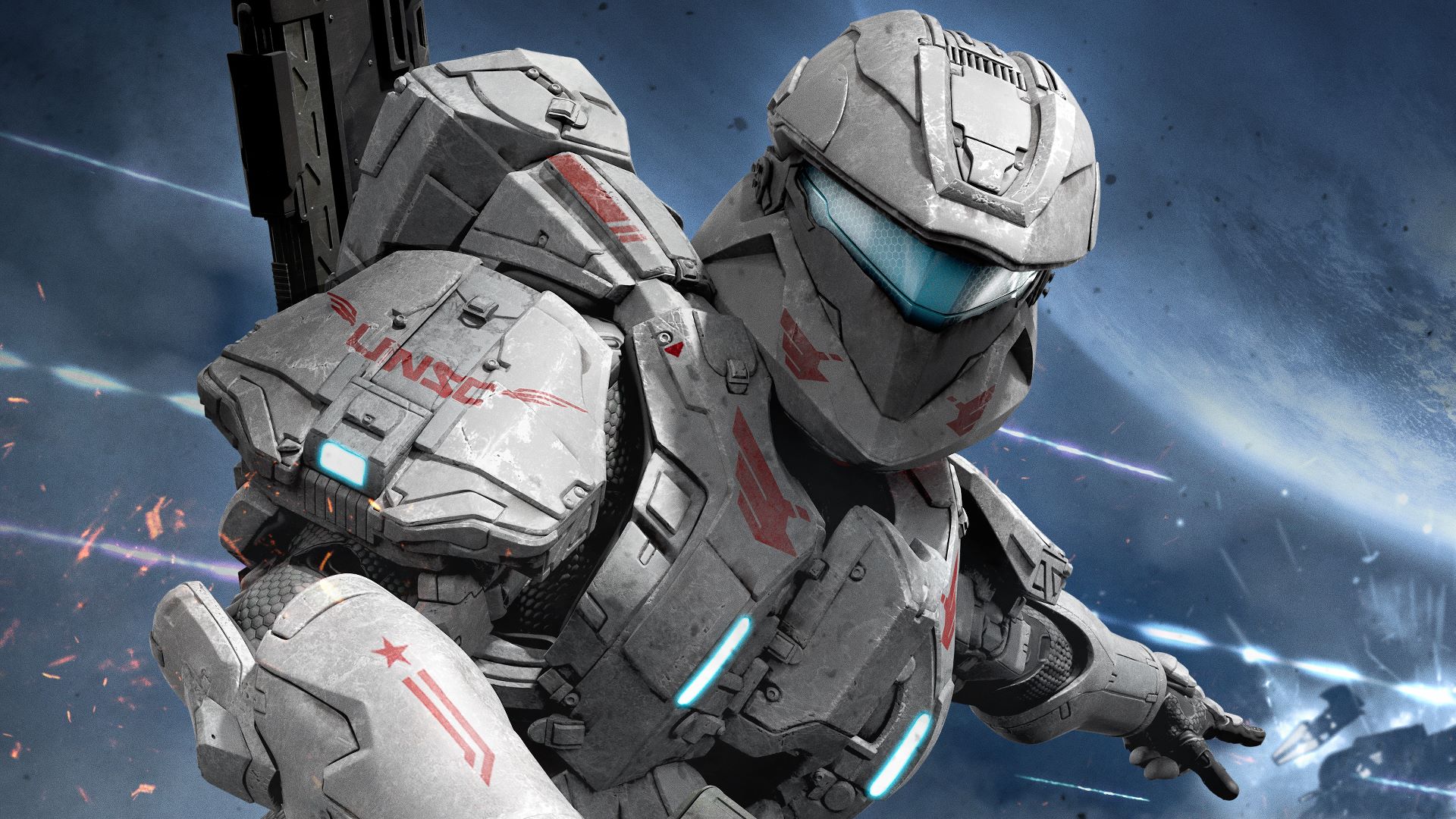
This shooter game takes place between ‘Halo 3’ and ‘Halo 4’, showing what it was like to train Spartan-IV soldiers and fight the remaining Covenant forces. The game’s story is presented through short missions and text logs, and it draws information from official UNSC records, like those found in the ‘Halo’ novels and terminals. Developed by 343 Industries and Vanguard Games, and published by Microsoft Studios, the game is considered official ‘Halo’ lore because it details the training and procedures for Spartan-IVs and establishes the history of key commanders.
‘Halo: Spartan Strike’ (2015)
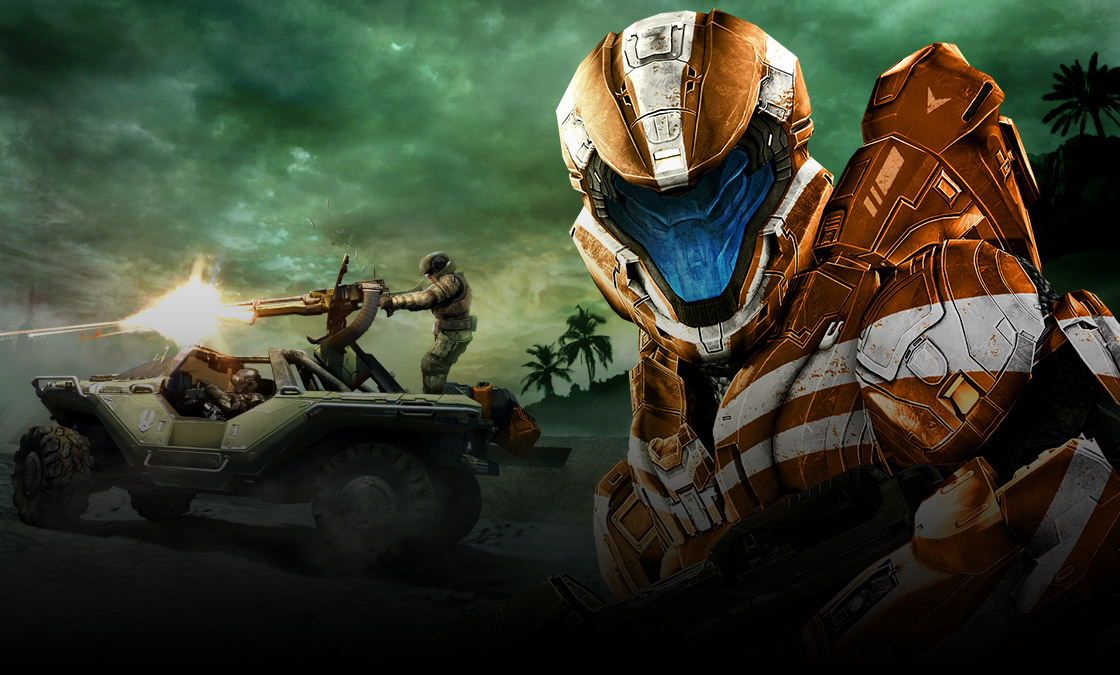
This story takes place during and just after the events of ‘Halo 2,’ and focuses on secret operations run by ONI, the Office of Naval Intelligence. These operations revolve around the Janus Key, a mysterious artifact mentioned in various ‘Halo’ stories and media. The game expands on the covert activities ONI was conducting alongside the main war, using data logs and mission reports to tell the tale. Developed by 343 Industries and Vanguard Games and published by Microsoft Studios, it presents information in the same briefing and log format as previous installments. Details about recovering ONI resources from this story are now officially part of the ‘Halo’ universe’s timeline.
‘Umbrella Corps’ (2016)
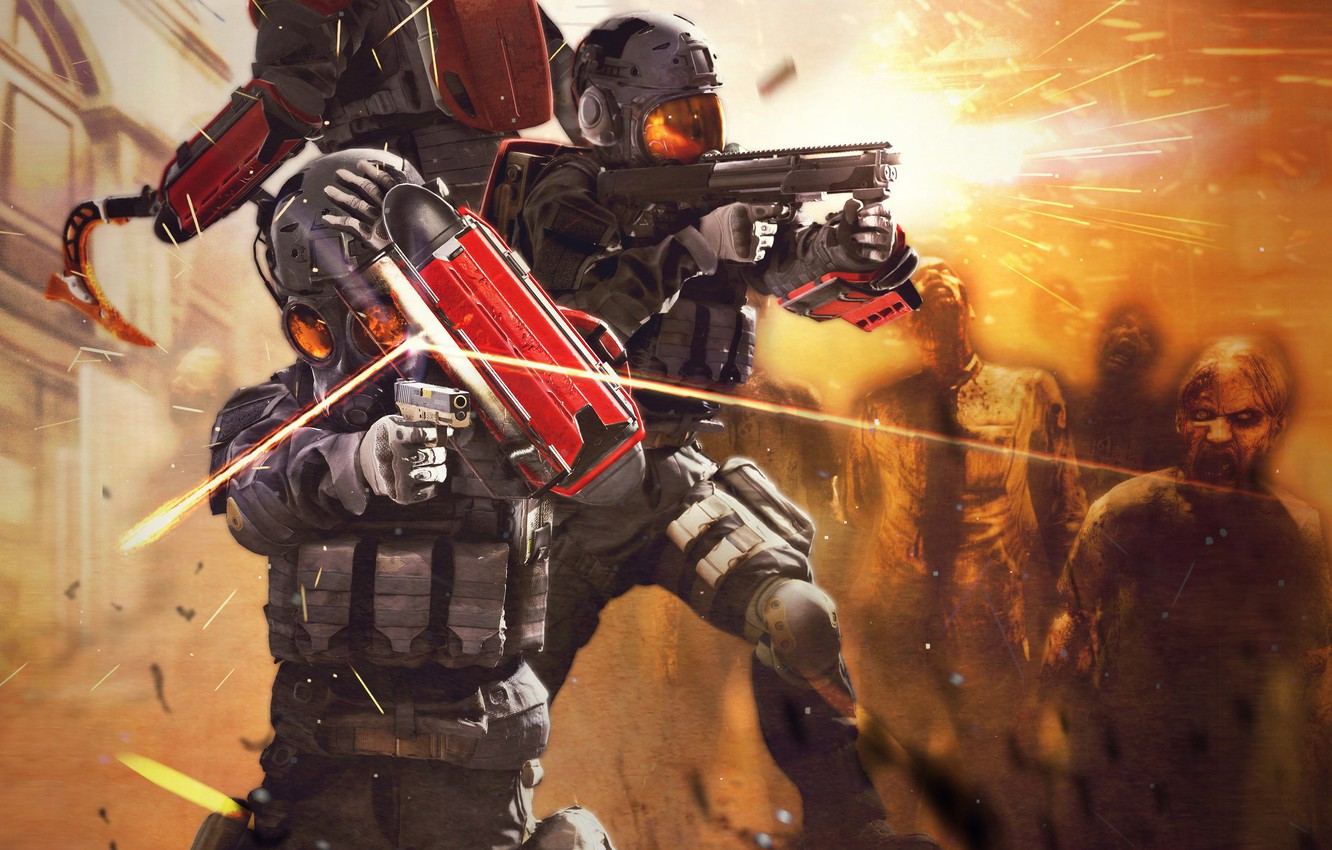
Taking place after the events of ‘Resident Evil 6’, this game offers a competitive experience where players tackle mercenary-style missions in familiar locations from the series. It expands the game’s story by revealing what happened to the Umbrella Corporation and its successors through collectible reports and data. These files detail ongoing outbreaks around the world and are presented as briefings, unlockable documents, and emails. This information provides a deeper understanding of the series’ corporate history and sets the stage for future games. Capcom developed and published the title.
‘Resident Evil Survivor’ (2000)
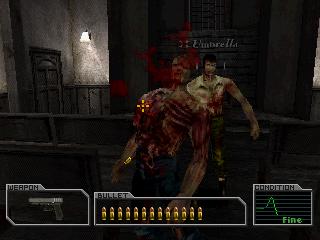
This spin-off game, set on Sheena Island, delves into the history of Umbrella Corporation’s bio-weapon research. It reveals details and locations that are also found in Umbrella files and later reference materials. The game’s story, told through documents and post-mission reports, expands the known network of Umbrella facilities beyond Raccoon City. Developed by Tose in collaboration with Capcom and published by Capcom, Sheena Island’s history is considered official canon and continues to be discussed by fans of the series.
‘Silent Hill: Book of Memories’ (2012)
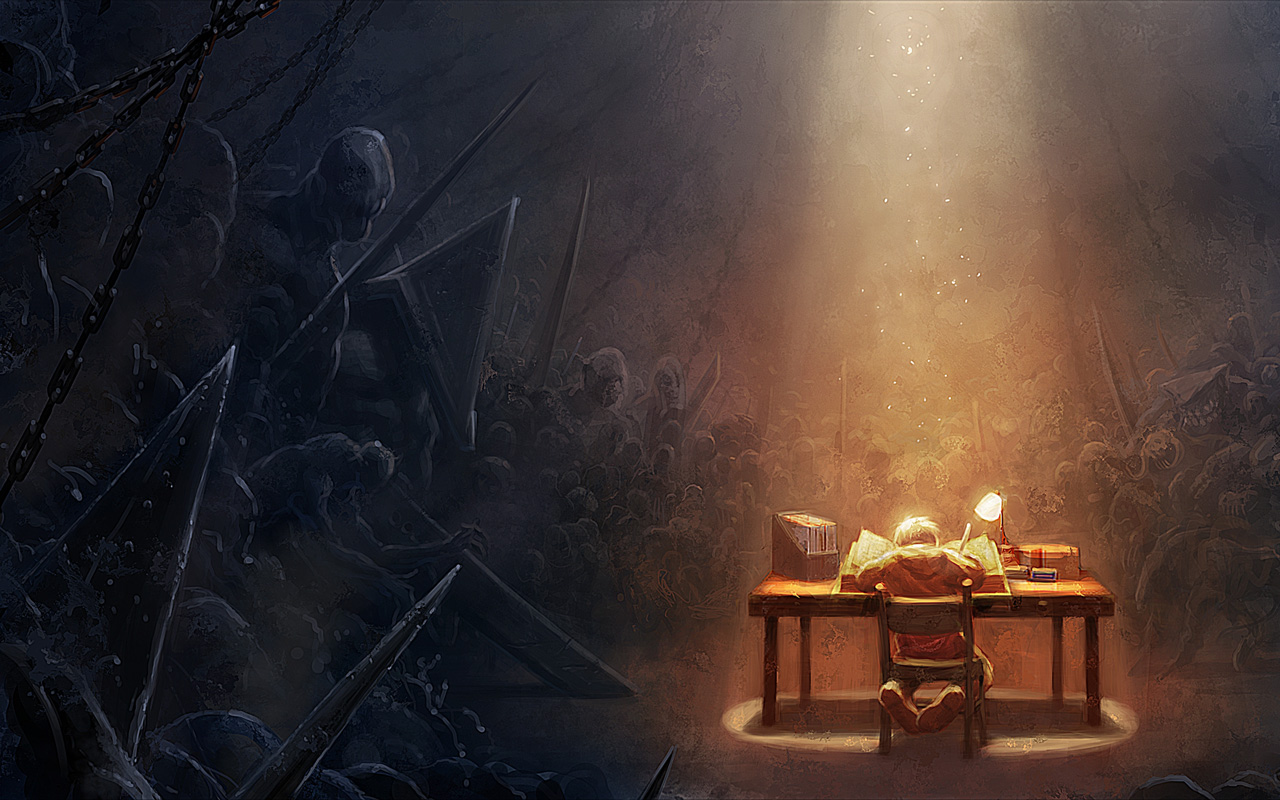
This game builds on the established world of Silent Hill, using a special book to change characters’ pasts. These changes create new rules that fit with the town’s strange nature, as understood by fans. It includes familiar faces and items from previous games, all officially recognized by Konami. The story unfolds through notes you find, challenging boss battles, and different endings. What makes this game important to the overall story isn’t the gameplay itself, but how it shows what happens when someone tries to rewrite history using the book.
‘Dirge of Cerberus: Final Fantasy VII’ (2006)
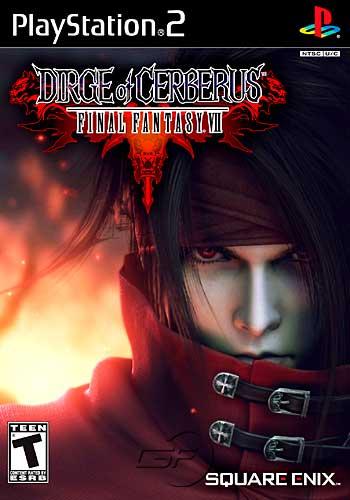
Taking place three years after the first game, this action-packed shooter centers around Vincent Valentine and the mysterious Deepground organization, exploring the world after the devastating Meteorfall. It introduces characters and groups that appear throughout the broader ‘Compilation of Final Fantasy VII’ series. Important story elements, such as Omega and the Tsviets, are hinted at in supplementary materials and later games within the same universe. Developed and published by Square Enix, the game tells much of its story through detailed cutscenes and optional emails. It bridges a gap in the narrative, filling in events that other ‘Compilation’ titles assume players already know.
‘Before Crisis: Final Fantasy VII’ (2004)

This mobile game, released only in Japan and set six years before the main story, focuses on the Turks and their important missions – including events related to AVALANCHE. These missions become well-known parts of the story’s history as told in other games and materials. Developed by Square Enix, the game was released in episodes with simple controls and short cutscenes. It also provides a detailed look at how the Turks operate, which is referenced throughout the rest of the series.
‘Kingdom Hearts Re:coded’ (2010)
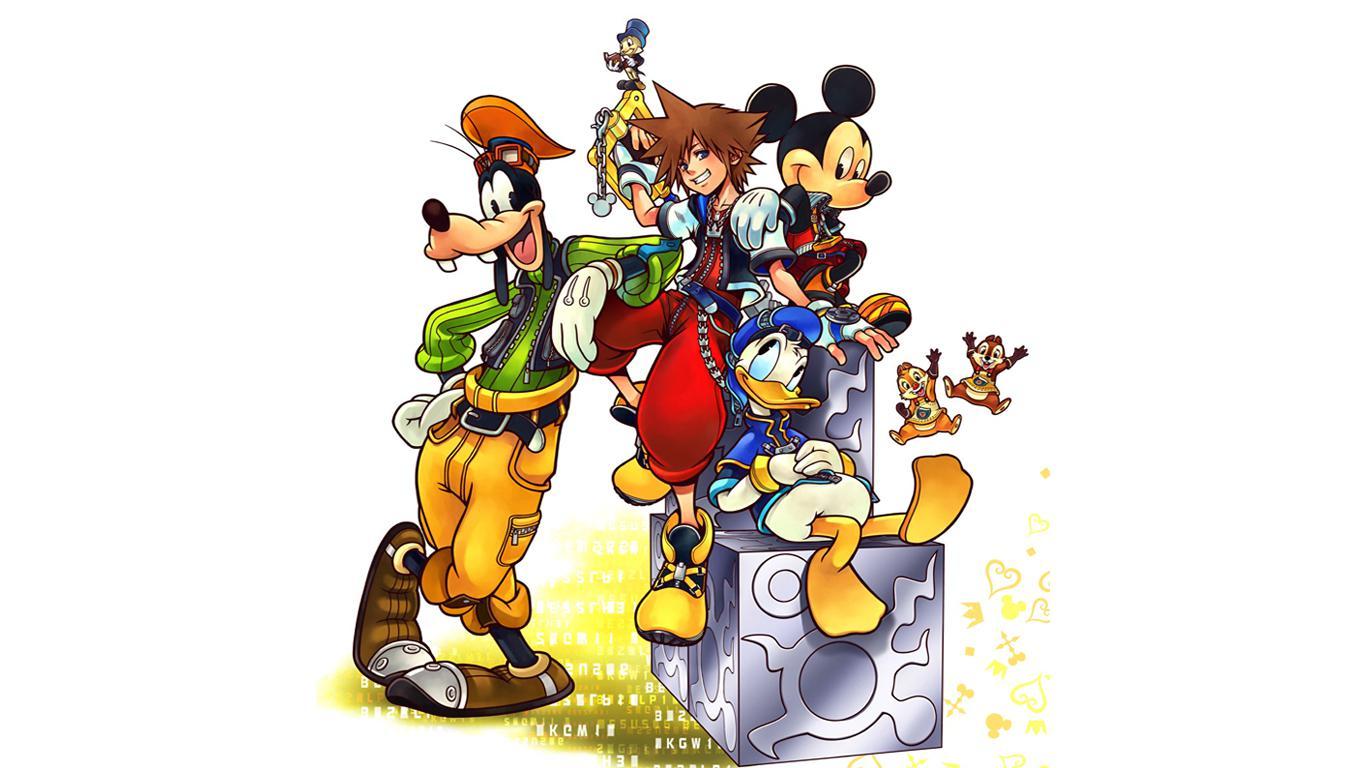
This expanded story, originally from the ‘Coded’ mobile game, clarifies unanswered questions from Jiminy’s Journal and hints at events to come. The ending and unlocked reports are frequently referenced as the starting point for future storylines. Created by h.a.n.d. in collaboration with Square Enix and Disney, and published by Square Enix, it presents essential story details within a digital world setting. Ultimately, these final scenes are considered the definitive foundation for everything that follows in the series.
‘Kingdom Hearts Union χ’ (2015)
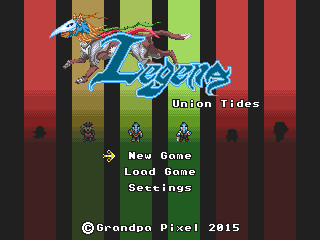
This mobile game takes place before the main series and explores the origins of the Keyblade wielders, a group called the Dandelions, and the mysterious Foretellers. It builds the backstory that later games directly connect to, introducing important characters like the Master of Masters and detailing the internal conflicts within different Keyblade groups. Released by Square Enix and Disney over several years with ongoing updates, the game’s story is considered crucial for understanding the larger narrative that unfolds in the other titles.
‘Diablo Immortal’ (2022)
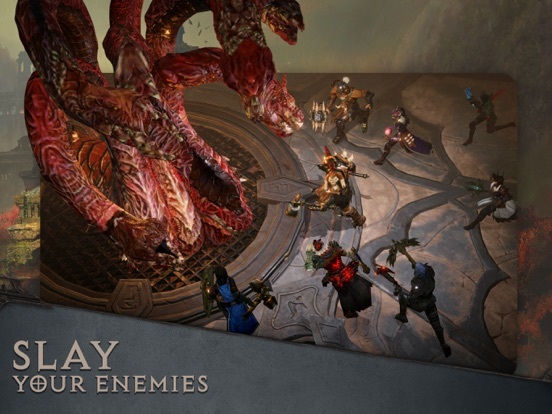
This game takes place between the second and third main installments and tells the story of the search for pieces of the Worldstone. It reveals how different demon groups tried to take advantage of the resulting confusion. Through quests and in-game lore, players learn what several key characters were doing and why during this period. Developed with NetEase and published by Blizzard Entertainment, the game unfolds its story over time with new quests and seasonal content. Because of where it fits in the overall timeline, everything that happens in this game is officially part of the Diablo universe after the destruction of the Worldstone.
‘The Walking Dead: Survival Instinct’ (2013)
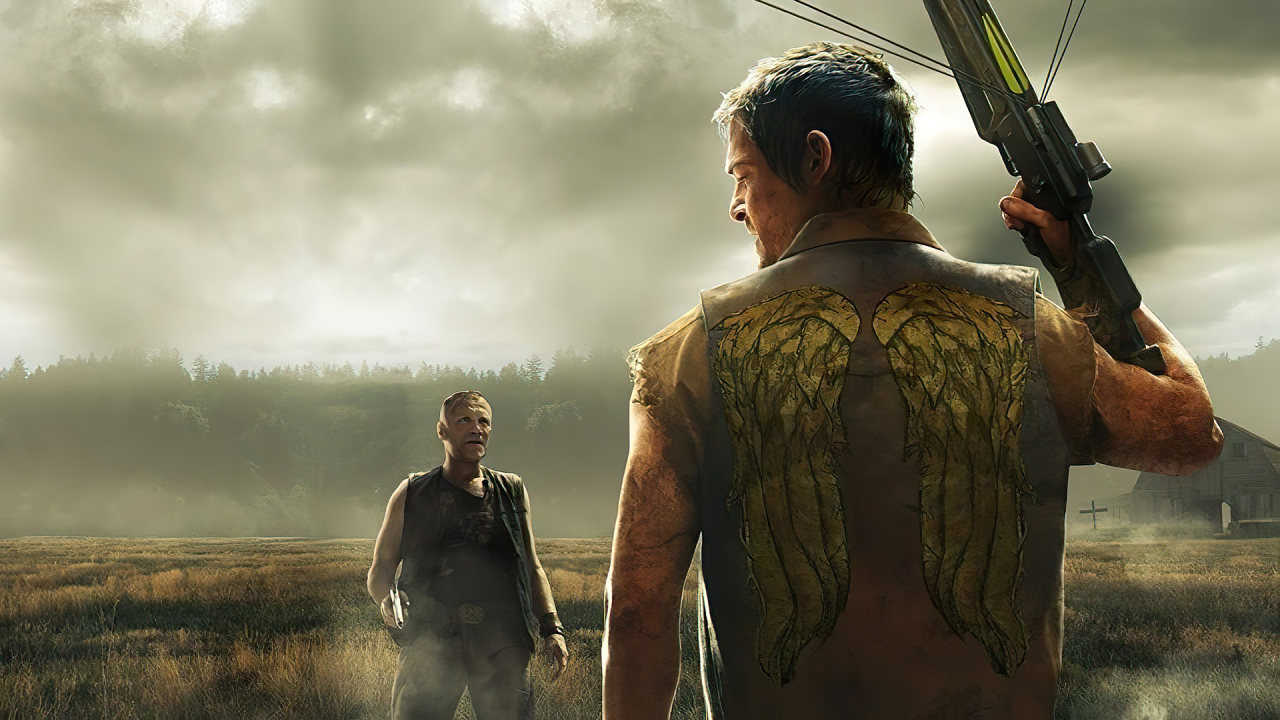
This game acts as a backstory to the AMC series, following Daryl and Merle Dixon’s journey to Atlanta. It explains how they met key people and gathered supplies mentioned in the show’s related content. The game details the origins of Daryl’s equipment and relationships before he joined Rick’s group. Created by Terminal Reality and published by Activision, the game’s episodes are built around goals that fit with the show’s storyline. While a bit unpolished, the game’s cutscenes are considered official backstory by fans who follow the show’s established canon.
‘God of War: Betrayal’ (2007)
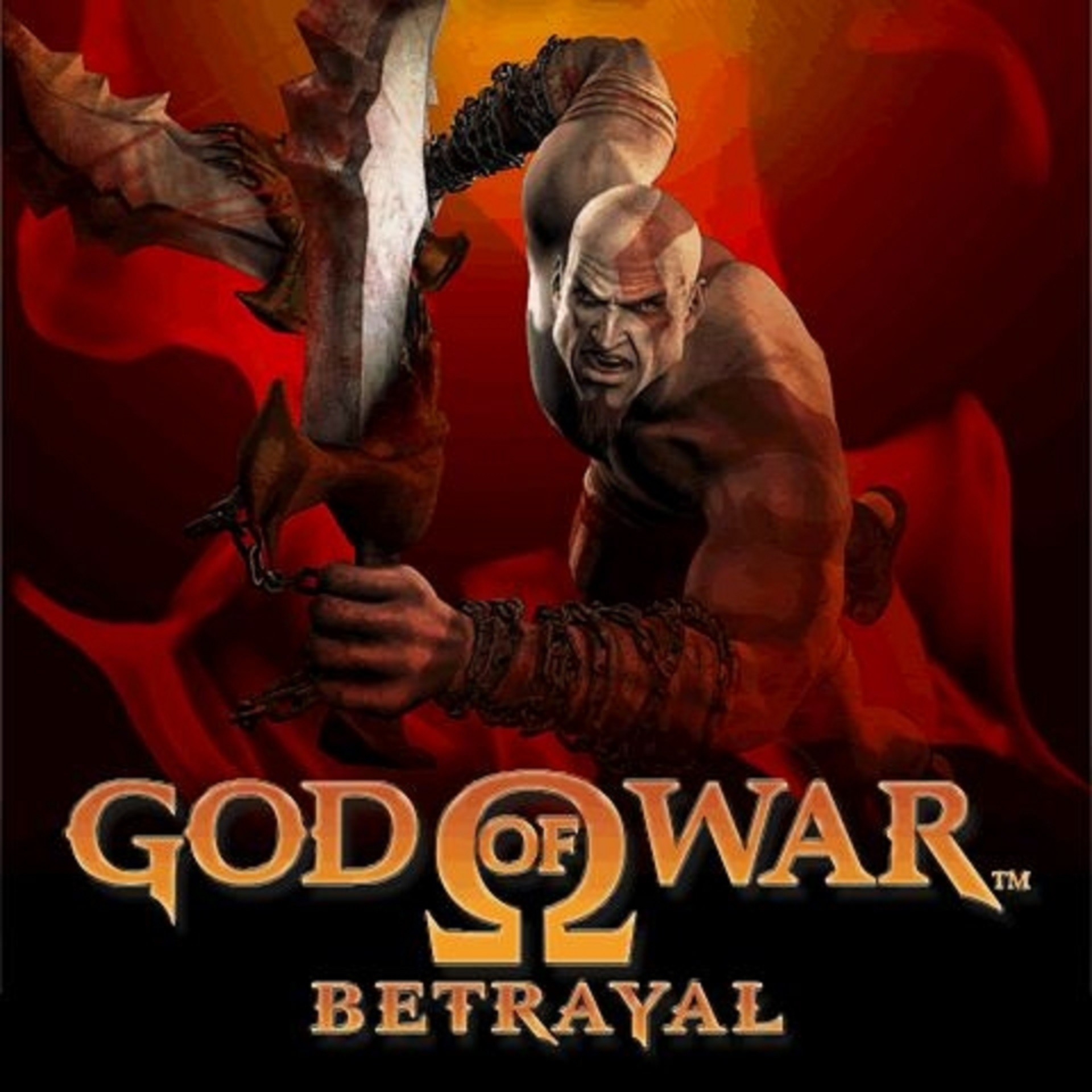
This mobile game, released between the main console titles, introduces the assassin who sets Kratos up, creating conflict with the gods that continues in later games. It also reveals details about how people viewed Kratos, which future games briefly mention. Developed by Javaground and SOE Los Angeles and published by Sony Online Entertainment, the story is told through short text scenes. Official timelines confirm this game’s events as part of the official God of War story, including the assassin’s actions.
‘Prince of Persia: The Fallen King’ (2008)
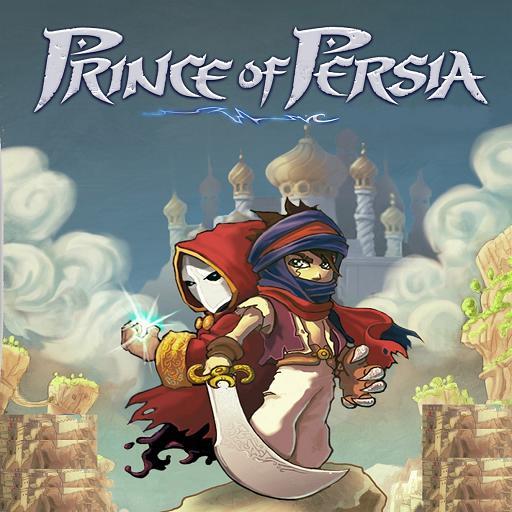
As a big fan of the Prince of Persia reboot from 2008, I really enjoyed this handheld game! It fits perfectly into the same storyline, actually picking up threads from the console game’s ending. It expands on the world they built, showing you what happened during the travels and conflicts the main game only hinted at through concept art and little bits of backstory. The gameplay relies a lot on using the stylus, and it’s broken up with story scenes as you move between areas. But honestly, what I loved most was how well it captured the feel and lore of the reboot – it felt like a proper continuation of the story!
‘The Elder Scrolls: Blades’ (2019)
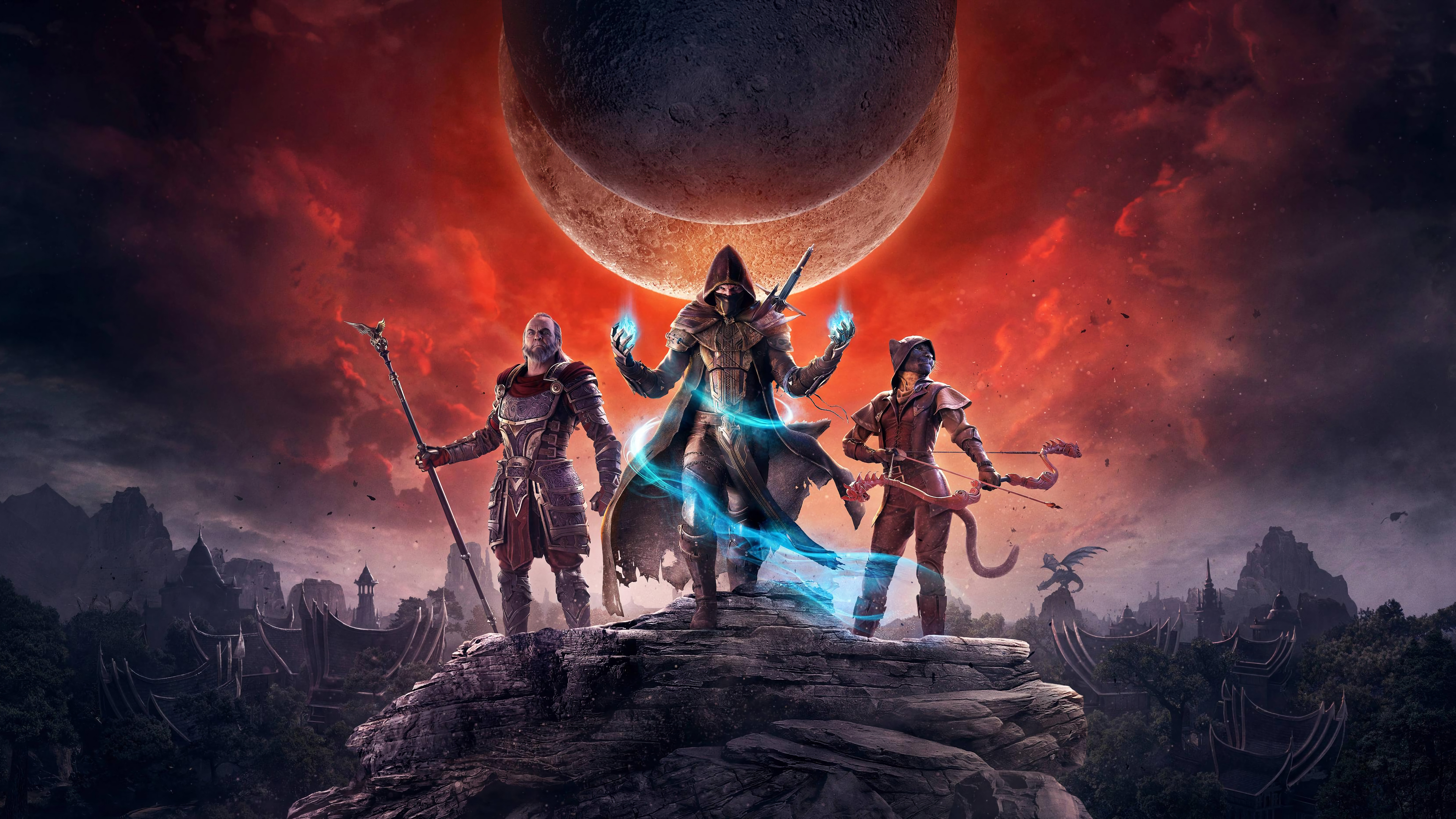
Set in the familiar world of Tamriel, this mobile game lets you restore a town while playing as a former member of the Blades. You’ll uncover what happened to the organization after it was disbanded. The game’s story, characters, and locations all fit within the established lore of the Elder Scrolls series, and are presented through quests, tasks, and a detailed in-game encyclopedia. Developed by Bethesda, the game progresses through both a main storyline and ongoing, repeatable jobs.
‘Final Fantasy XII: Revenant Wings’ (2007)
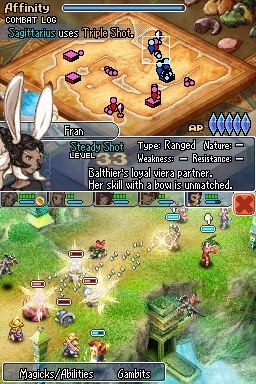
This game is a direct sequel to ‘Final Fantasy XII’, continuing the story of Vaan and Penelo as they journey to Lemurés. It reveals more about the airship plans and character arcs hinted at in other ‘Final Fantasy’ materials, and expands on the lore of the Aegyl and Auracite – important elements of the Ivalice world. Developed by Think & Feel in collaboration with Square Enix and published by Square Enix, the game unfolds through a series of short missions connected by story scenes. While the gameplay is different from ‘Final Fantasy XII’, the story and world-building are officially part of the game’s continuity.
‘Star Ocean: Anamnesis’ (2016)
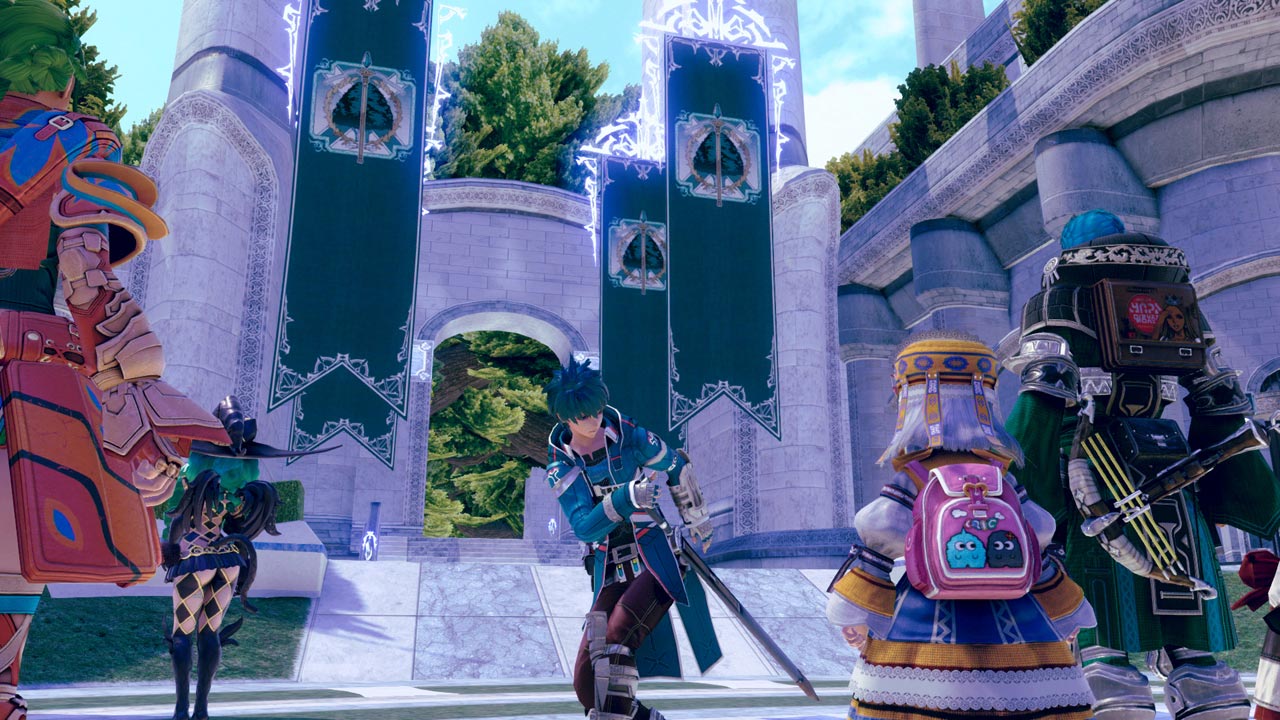
This mobile game brings together characters from different points in time, but grounds its story in a classic rescue mission within the established science fiction universe. The game expands on character backgrounds through special events and individual stories, details which are still available on official websites and databases. Created by tri-Ace and published by Square Enix, it featured regular seasonal events and updates unlocked through a gacha system. The detailed character histories and timelines established in the game remain consistent and officially recognized even though the game is no longer running.
Tell us about any spin-off shows or games you watched or played just to understand the story better—and which ones you’d rather just have explained to you than actually experience yourself! Share in the comments below.
Read More
- Broadcom’s Quiet Challenge to Nvidia’s AI Empire
- Gold Rate Forecast
- METH PREDICTION. METH cryptocurrency
- How to Do Sculptor Without a Future in KCD2 – Get 3 Sculptor’s Things
- Trump Ends Shutdown-And the Drama! 🎭💸 (Spoiler: No One Wins)
- Investing Dividends: A Contemporary Approach to Timeless Principles
- South Korea’s KRW1 Stablecoin Shocks the Financial World: A Game-Changer?
- Shiba Inu’s Netflow Drama: Bulls, Bears, and 147 Trillion SHIB
- Ether’s Future: 4 Things That Could Make or Break Its Bullish Comeback in 2025
- Hedera’s Latest Move: WBTC Joins the DeFi Party, Let the Bitcoin Liquidity Games Begin!
2025-11-20 06:48